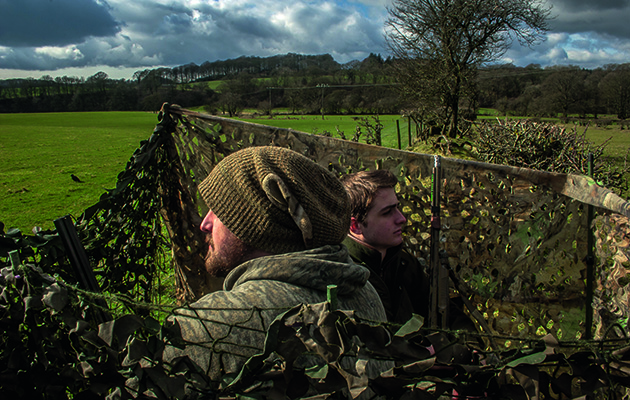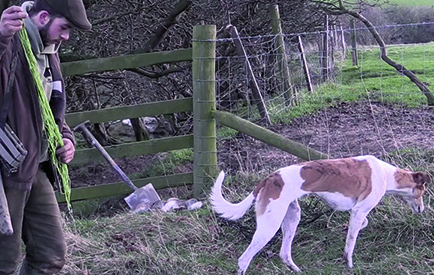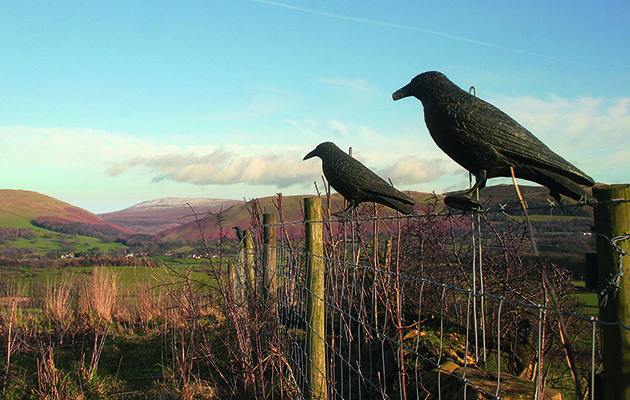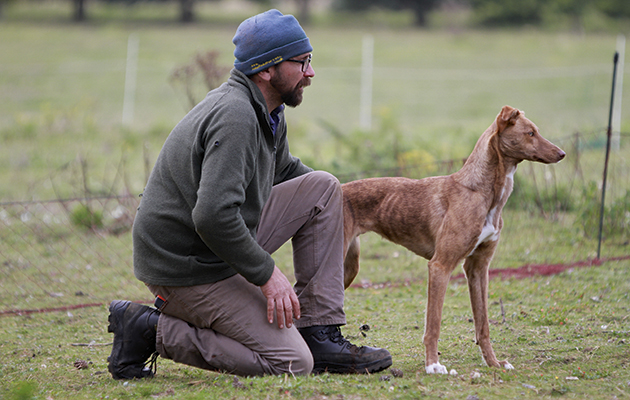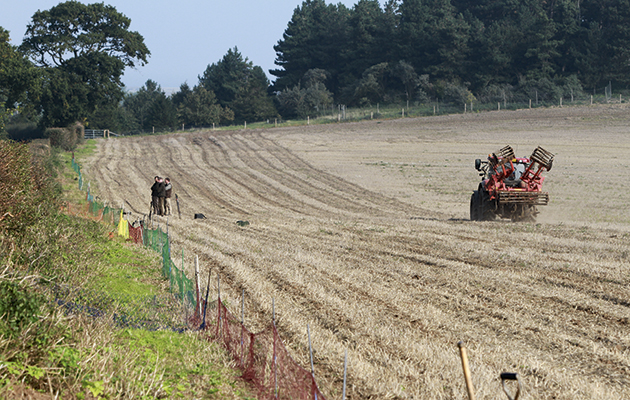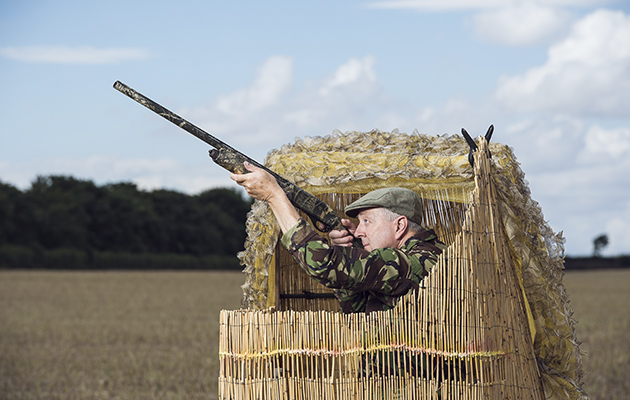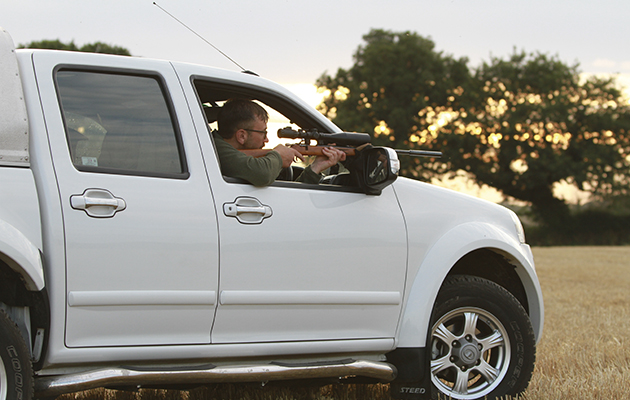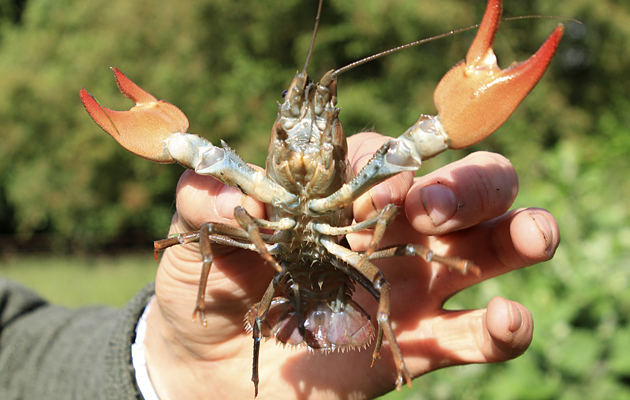Rabbiting with a drop net
Busy as I am, I still managed to fit in my annual spring clean where I happened to stumble upon a net I didn’t realise I still had. The stale, earthy aroma triggered memories of years past. It had somehow escaped the local mice and after dusting it down, I wondered if it would still be in a workable condition. Was it worth a try? It would be rude not to.
Unorthodox in every sense of the word this drop net definitely goes against the grain. Sat inside an old wooden crate, hiding under a pile of abused nets, geriatric spades and display boards, this crude yet successful net was built by my friend Steve Taylor, as a cheap system that was not only light
and easy to carry about but very cheap and easy to put together.
When ferreting I have seen many drop net systems — from the sublime to the ridiculous. From tensioning wires and heavy metal pipework to clothes pegs and twine, this fashion of netting has been romanticised for centuries.
To be brutally honest, I had serious reservations about the effectiveness of Steve’s net that he had assembled for less than £10. Yes, for the price of three pints, this concoction of bamboo canes, cable ties, a drainage pipe and one of my lightweight nets was the ultimate in cheap and cheerful drop netting.
After replacing the odd bamboo cane myself and Steve were set to buck every trend by netting at night. Normally I would set out the poles in advance, with a strip of sewelling to get the rabbits used to going underneath. Once acclimatised, the net is attached on the right night. While the rabbits are out feeding, the cord is pulled and the rabbits scared back towards home and into the waiting net.
Romanticising about netting is one thing, but going out and getting it to work consistently is another. The difference between a long net and a drop net is simple. Not only in its construction but in the manner of which it is operated. They are both situated behind the feeding rabbits. The long net is laid, but the drop net is, well, dropped; placed on stakes already in situ between the warren and feeding ground. The net is held in place with a holding ring, a pin is then inserted into a pre-drilled hole, the long stake to hold it in place and the pins are all connected via a long cord. The cord is pulled, the pins come out and gravity does the rest as the net falls into place. This system is generally used when the netter cannot gain unobtrusive access behind the feeding rabbits.
The net consisted of 11 bamboo canes of 7ft, just like the one used for sweet peas. Smaller canes measuring 2ft were then joined on to 2in drainpipe cut at two inch lengths and after four holes drilled we tie wrapped onto the poles. The canes had a small hole drilled to fit the pins of which were strategically tied onto some garden twine. The net was fitted and fixed permanently albeit not as taut as I would normally have it. Practising dropping this crude yet rustic system was a world away from the rigs I would use if I was taking this seriously.
I watched the world go by. Dog walkers and twitchers all passed by looking queerly at our piece of modern rabbiting art. Sporting or artistic as it gets, I still had high expectations. As predicted the rabbits were wary at first of the hanging mesh but later this didn’t deter a couple of coneys. I watched them for a good half-hour before another ran out but unfortunately spooked at my infrared lighting before hurrying past me to join its friends in the field. My hide morphed into the dark sky and I was transfixed by the feeding rabbits, but sooner or later I had to make the call. Do I bank my chips now and pull the cord, or risk losing everything and wait, hoping more will come out?



